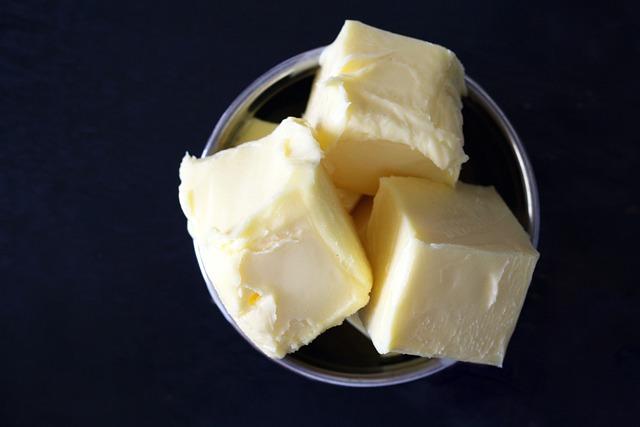
Fats Facts Fun!
Medium

Ever wondered what makes fats from plants and animals different? Find out with this simple experiment!
Hypothesis
The hypothesis is that fats from plants and animals have both similarities and differences.
Method & Materials
You will compare butter and vegetable oil by observing them in different ways.
You will need butter, vegetable oil, a brown paper bag, wax paper, scissors, water, masking tape, a plastic straw, zip-closing plastic bags, clear plastic cups, cotton swabs, a bowl, and a ballpoint pen.
Results
The experiment showed that fats from plants and animals have both similarities and differences. The butter and oil soaked through the brown paper bag, felt greasy, and did not dissolve in water. The milk fat in the butter had a structure that allowed it to be shaken until it became solid, while the oil could not be melted and resolidified.
Why do this project?
This science project is interesting and unique because it allows students to explore the differences between plant and animal fats in a fun and engaging way.
Also Consider
Experiment variations to consider include comparing different types of plant fats, such as corn oil, olive oil, and peanut oil, or comparing fats to other substances, such as cheese, soap, and beeswax.
Full project details
You can find additional information and details for this science fair project here. Have fun exploring!Related video
Hey there! Here are some awesome videos about this science project that we think you'll really like. They're not only super fun, but they'll also help you learn more about the science behind the project. So sit back, relax, and get ready to have some fun!!
Share this Science Project:
Related Science Fair Project Ideas
Let's find out if cooking fruits and vegetables depletes their Vitamin C content!
Medium
Are you curious about what's really in your fast food? Find out by conducting this experiment!
Medium
Let's find out what happens when baby food is left out of the fridge for different amounts of time!
Medium
Share this Science Project:
